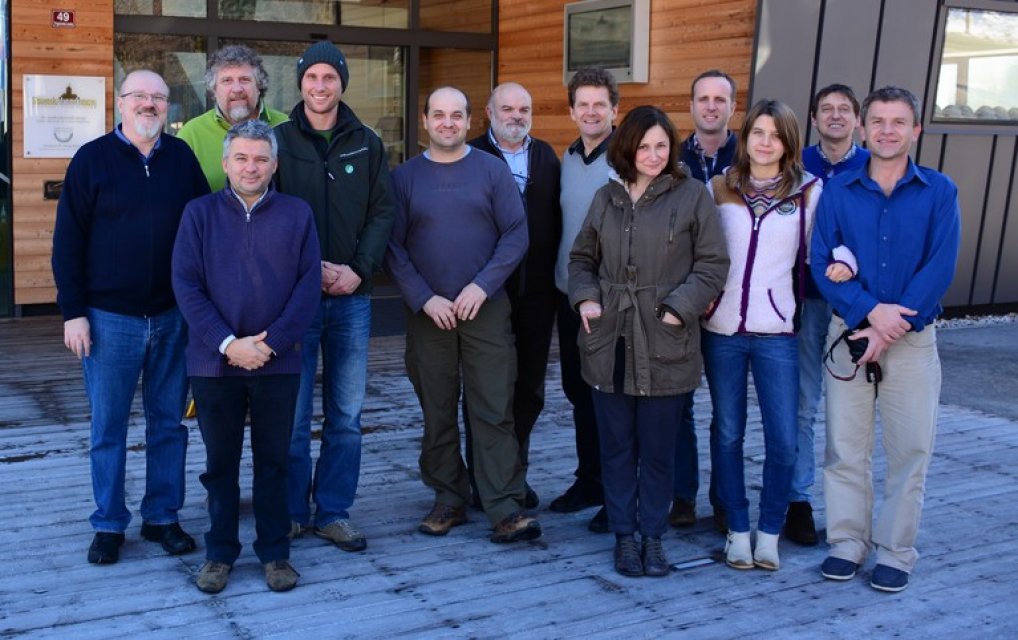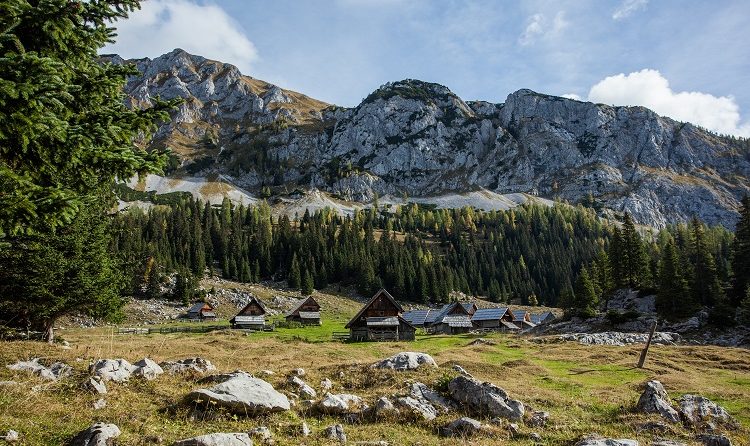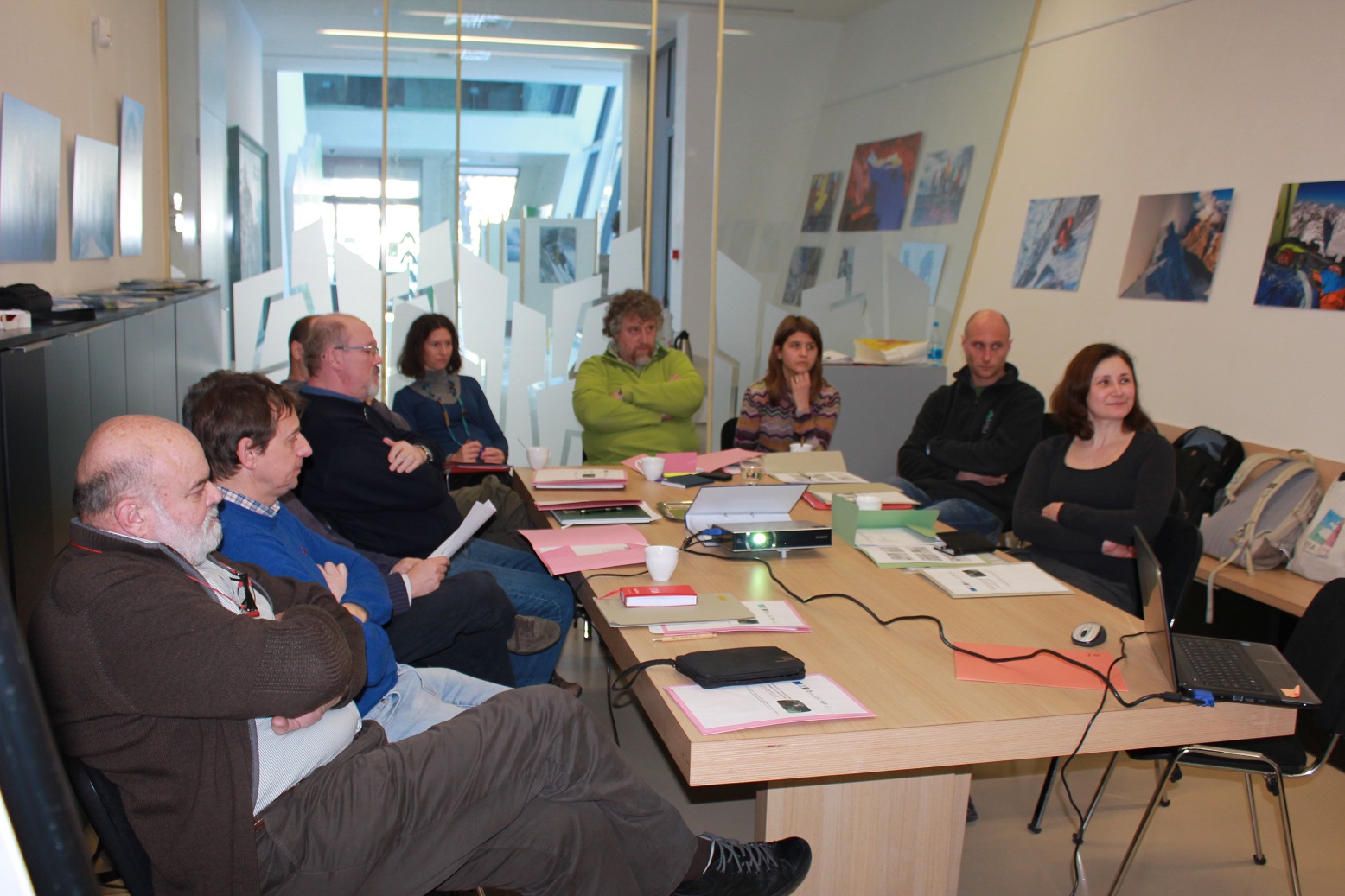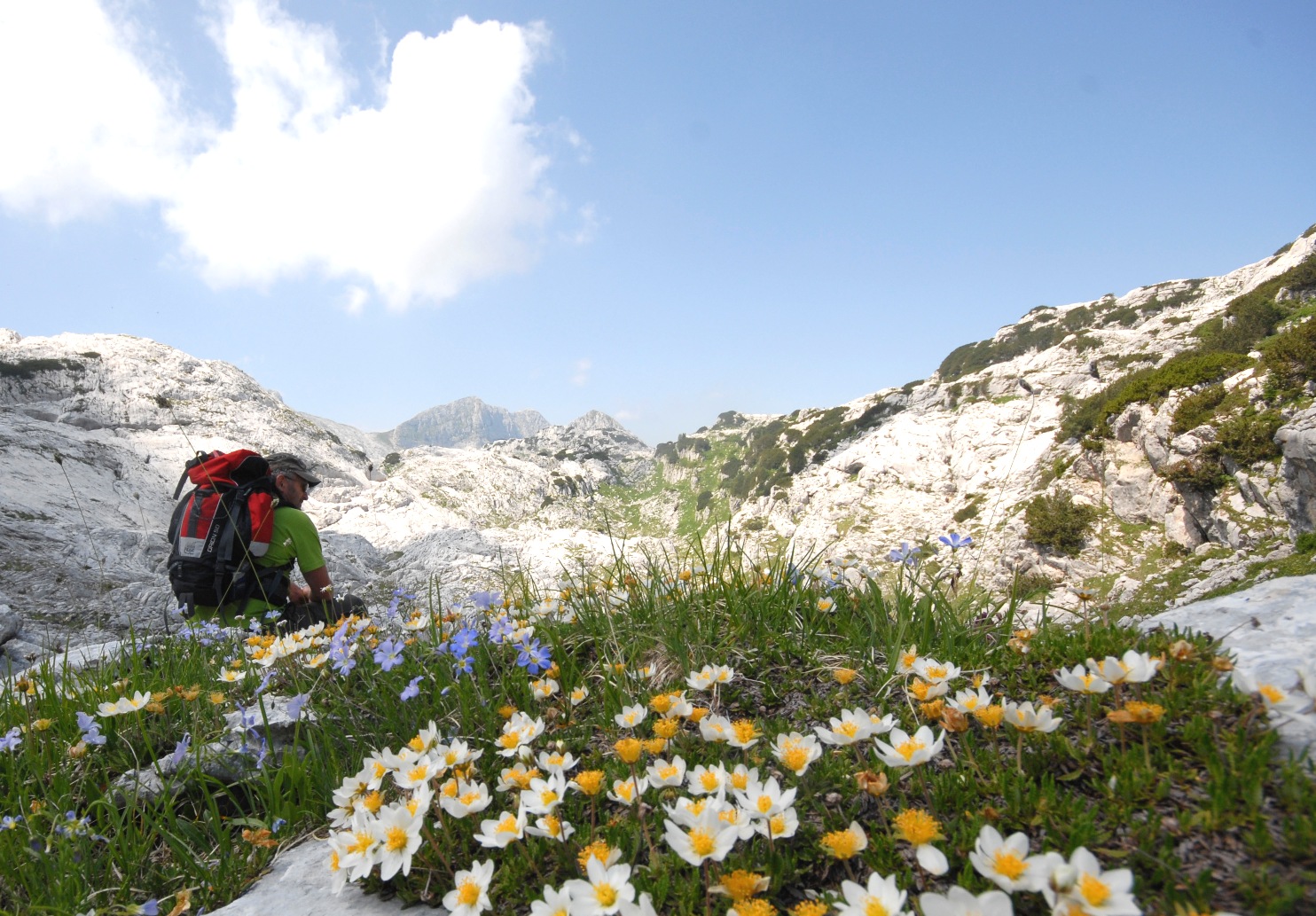Case Study
Promoting transboundary co-existence of large carnivores and humans
Contact name
Brady Mattsson
Institution name
Institute of Silviculture, University of Natural Resources & Life Sciences, Vienna, Austria
Region & country
Parco Naturale Regionale delle Prealpi Giulie - Italy & Triglav National Park - Slovenia
Summary
The project used a participatory decision-making process to develop a transboundary bear management plan for two protected areas (PAs), including a nature park in Italy (Prealpi Giulie) and an adjacent national park in Slovenia (Triglav). Both parks have received EUROPARC’s Transboundary Park certification and are a transboundary pilot region for ecological connectivity under the Alpine Convention. The project led to a joint agreement for allocation of resources (money & staff time) toward satisfying all stakeholders concerned about brown bears in the Transboundary Julian Alps Ecoregion. Some actions will be implemented through jointly funded park projects from 2017-2026.

Participants at the stakeholder workshop held in Mojstrana, Slovenia
Photo by: Brady Mattsson

Traditional homesteads in Triglav National Park
Photo by: Triglav National Park

Stakeholder workshop Slovenia
Photo by: Triglav National Park

Geologic trail on Mount Canin
Photo by: Marco Di Lenardo
Background of the project
Management of brown bear has recently become one of the most challenging, shared management issue for the two PAs in the Julian Alps Transboundary (TB) Ecoregion along the Slovenian-Italian border. As such, it has been identified as one of the parks’ management priorities over the next decade. Triglav is within the transition zone of the brown bear population, and park managers are responsible for ensuring suitable migratory corridors for the bear.
Managing ecological connectivity across international borders is challenged by differing laws, regulations, cultural differences, and lack of awareness and understanding of the importance of maintaining broad-extent ecological processes. There is a need for initiatives that engage local and regional stakeholders on both sides of the border through concrete transboundary management topics.
Solution and actions taken
A decision process was implemented as a special application of the participatory structured decision-making (SDM) process, which involves several steps referred to as PrOACT (Problem framing, Objectives, Alternative strategies, Consequences, and Tradeoffs).
This process was applied to the case of transboundary bear management in the Julian Alps.
Other institutions or parties involved
From Italy: Member of Regional forestry corp., researchers at the University of Udine, an expert on local tourism.
From Slovenia: staff from Chamber of Agriculture and Forestry- Kranj regional unit, faculty members from the University of Ljubljana, staff of Ministry of the Environment and Spatial Planning, and a staff member from a local tourism organization.
Other contributors: Andrej Arih, Triglav National Park, Bled, Slovenia; Stefano Santi, Prealpi Giulie Nature Park, Resia, Italy; Harald Vacik, Institute of Silviculture, University of Natural Resources and Life Sciences, Vienna Austria.
This case study was collected with the support of PANORAMA Solutions for a Healthy Planet.
Results
The joint, participatory process led to improved stakeholder engagement and allowed for more frequent communication between authorities of the two protected areas. The agreed upon actions are expected to help increase carrying capacity of brown bears within and beyond the TB area by >50%, maintain sustainable agriculture by retaining small farms and minimize conflict among stakeholder groups.
Challenges
Challenges faced during the project included: identifying a management question that would engage and satisfy diverse stakeholder groups within the <2 year project period; narrowing down initial list of 20 concerns/wishes to a set of 3 ultimate objectives to be achieved; and engaging stakeholders to help evaluate 10-year resource allocation options when they are faced with day-to-day struggles with brown bear management.
Lessons learned
Stakeholders during the workshop acknowledged that the day-to-day issues can only be addressed if there is good transboundary coordination between both PAs and other stakeholder groups, which requires first a long-term strategy before focusing on finer-scale issues. Most participants indicated that the structured decision-making process could be successfully applied to address other natural resource management and conservation issues in the Julian Alps.
Other resources
-
Case study summary Julian Alps ForADAPT project
http://www.europarc.org/wp-content/uploads/2017/03/Large_carnivores_Julian_Alps_2page_summary.pdf -
What is Structured Decision Making?
https://nctc.fws.gov/courses/programs/decision-analysis/structured-decision-making-overview.html#001 -
Instructional videos on structured decision making
https://training.fws.gov/courses/ALC/ALC3183/resources/index.html -
Structured decision making: a practical guide to environmental management choices
http://eu.wiley.com/WileyCDA/WileyTitle/productCd-1444333410.htmlThis book outlines the creative process of making environmental management decisions using the approach called Structured Decision Making. It is a short introductory guide to this popular form of decision making and is aimed at environmental managers and scientists.
-
Structured Decision Making Webinar Series: A structured approach to cross-jurisdictional brown bear management
http://digitalmedia.fws.gov/cdm/singleitem/collection/video/id/1952/rec/1 -
Structured Decision Making Webinar Series: Management planning with multiple stakeholders
http://digitalmedia.fws.gov/cdm/singleitem/collection/video/id/1475/rec/6
Contact name
Brady Mattsson
Institution name
Institute of Silviculture, University of Natural Resources & Life Sciences, Vienna, Austria
Website(s)
